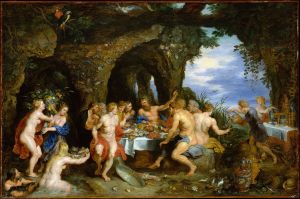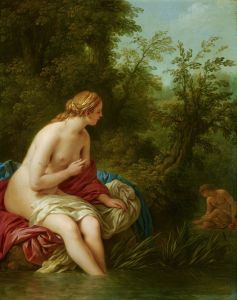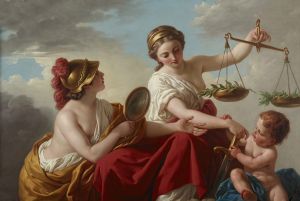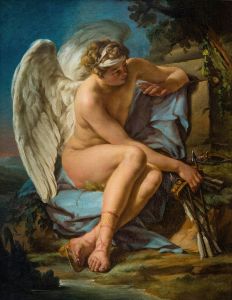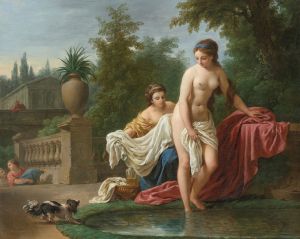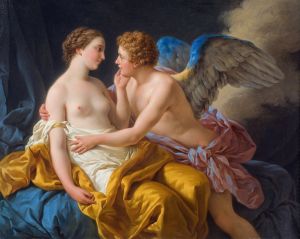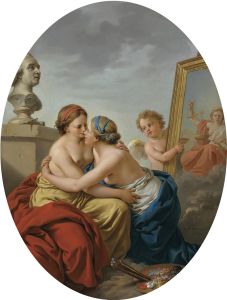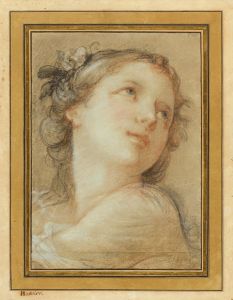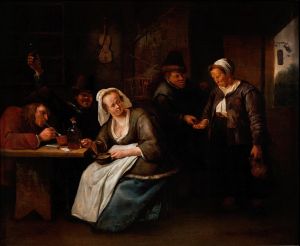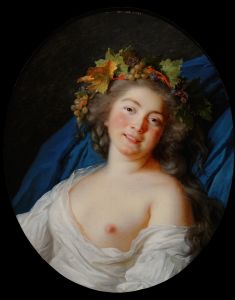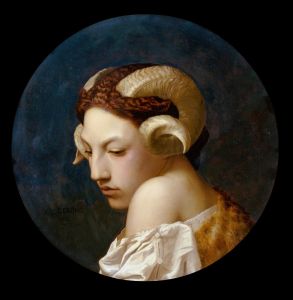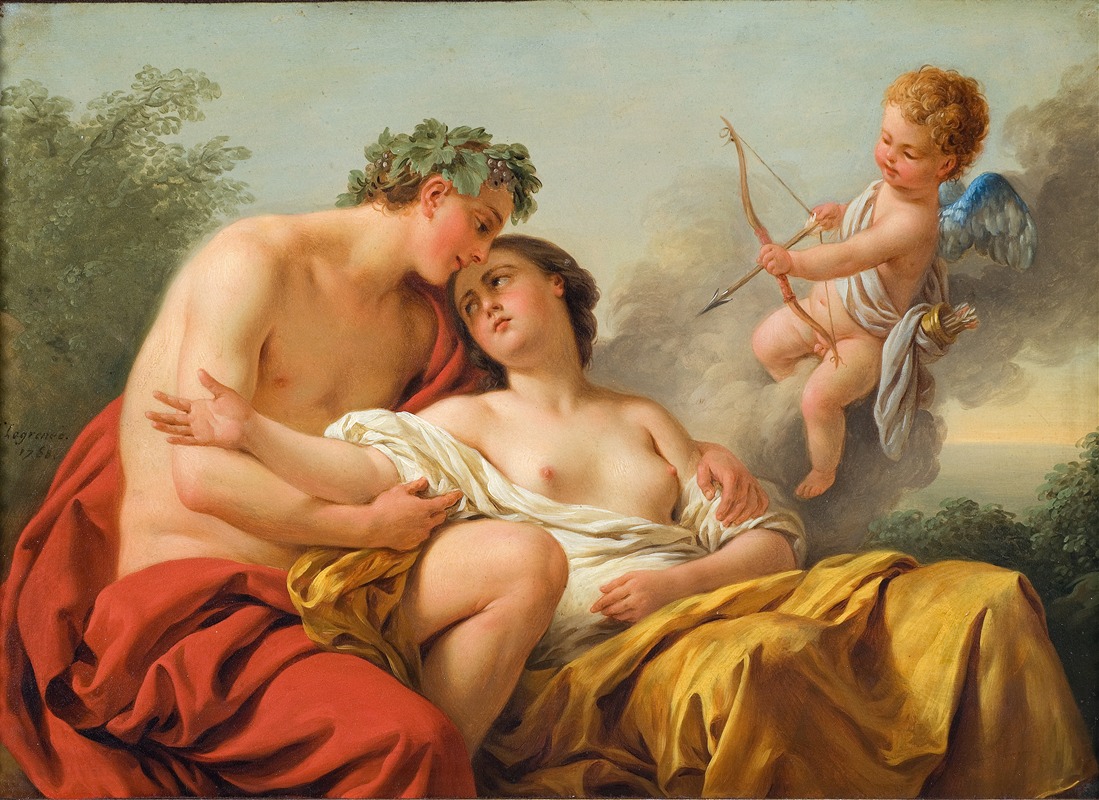
Bacchus and Ariadne
A hand-painted replica of Louis-Jean-François Lagrenée’s masterpiece Bacchus and Ariadne, meticulously crafted by professional artists to capture the true essence of the original. Each piece is created with museum-quality canvas and rare mineral pigments, carefully painted by experienced artists with delicate brushstrokes and rich, layered colors to perfectly recreate the texture of the original artwork. Unlike machine-printed reproductions, this hand-painted version brings the painting to life, infused with the artist’s emotions and skill in every stroke. Whether for personal collection or home decoration, it instantly elevates the artistic atmosphere of any space.
"Bacchus and Ariadne" is a painting by the French artist Louis-Jean-François Lagrenée, who was active during the 18th century. Lagrenée was known for his Rococo style, which often featured classical themes and mythological subjects. This particular painting depicts the mythological story of Bacchus, the god of wine, and Ariadne, the daughter of King Minos of Crete.
The story of Bacchus and Ariadne is rooted in ancient Greek mythology. According to the myth, Ariadne was abandoned by the hero Theseus on the island of Naxos after she had helped him escape the Labyrinth and defeat the Minotaur. Bacchus, also known as Dionysus in Greek mythology, found the desolate Ariadne and fell in love with her. He later married her and placed a crown he had given her into the sky as a constellation.
Lagrenée's painting captures the moment when Bacchus discovers Ariadne. The composition typically features Bacchus approaching Ariadne, who is often depicted in a state of sorrow or despair. Bacchus is usually shown with symbols associated with him, such as grapevines, a thyrsus (a staff entwined with ivy and topped with a pinecone), and a leopard or panther, which were animals sacred to him. Ariadne is often portrayed with a sense of vulnerability, emphasizing her abandonment and subsequent rescue.
Louis-Jean-François Lagrenée was born in Paris in 1725 and became a prominent figure in the French art scene. He studied under Carle van Loo and was influenced by the Rococo style, which is characterized by its ornate detail, light colors, and playful themes. Lagrenée's works often included mythological and historical subjects, and he was known for his skillful use of color and composition.
"Bacchus and Ariadne" reflects Lagrenée's mastery of the Rococo style, with its delicate brushwork and elegant portrayal of the figures. The painting is notable for its harmonious composition and the emotional interplay between the characters. The use of light and shadow, as well as the rich color palette, enhances the dramatic effect of the scene.
The painting is part of Lagrenée's broader body of work that often explored themes from classical mythology. His ability to convey complex narratives through his art made him a respected and influential artist of his time. Lagrenée's works were well-received, and he held several prestigious positions, including being a member of the Royal Academy of Painting and Sculpture in Paris.
"Bacchus and Ariadne" is an excellent example of Lagrenée's talent in bringing mythological stories to life through his art. The painting not only showcases his technical skills but also his ability to evoke emotion and tell a compelling story. It remains a significant piece within the context of 18th-century French art and continues to be appreciated for its artistic and historical value.






